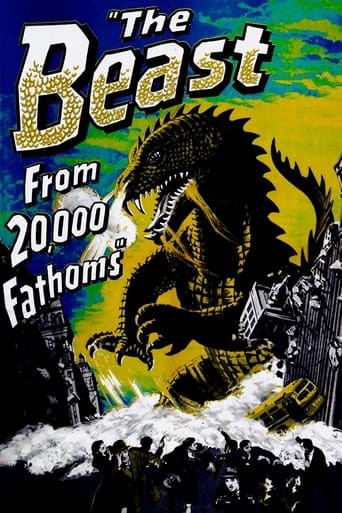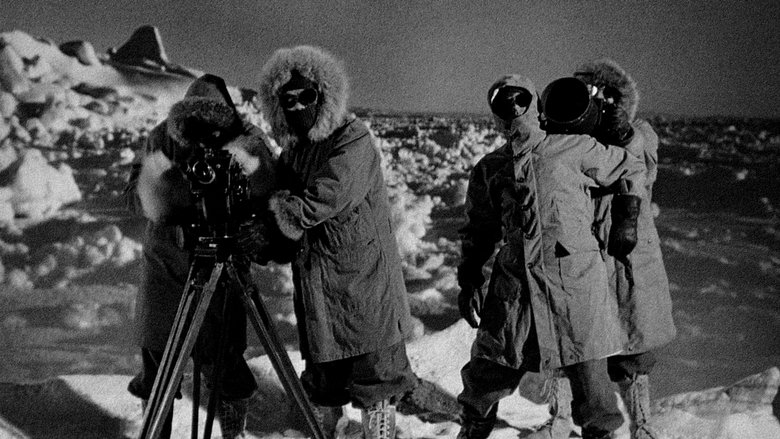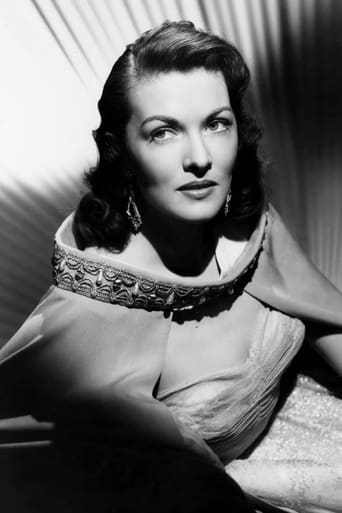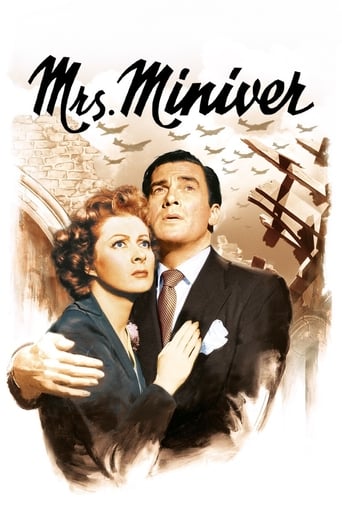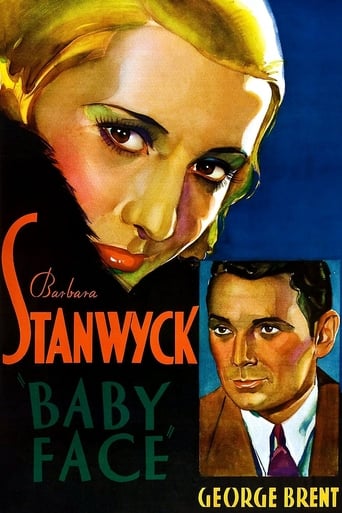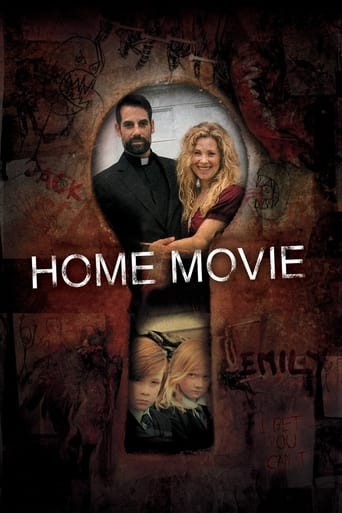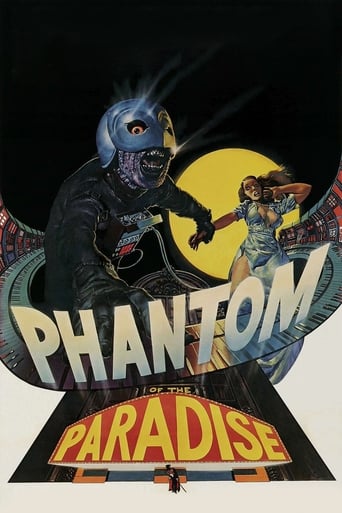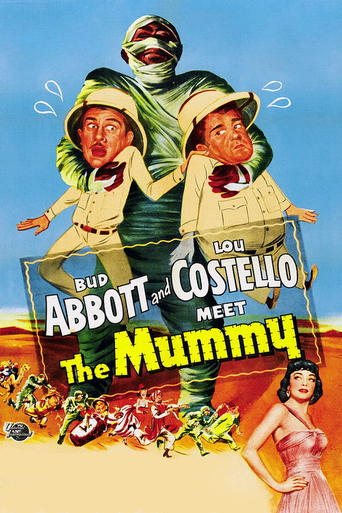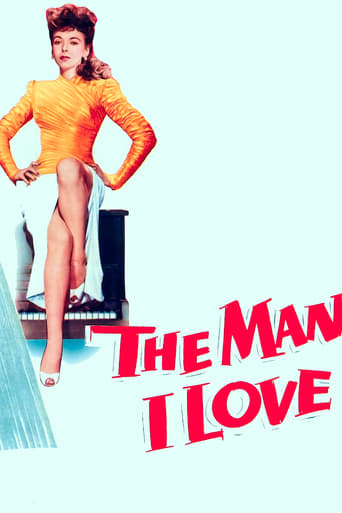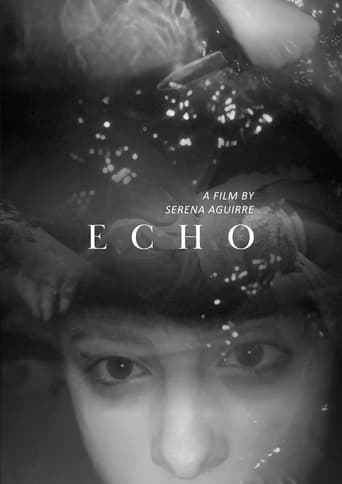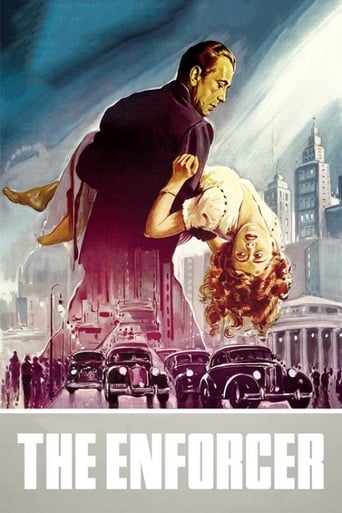The Beast from 20,000 Fathoms (1953)
The controlled explosion of an atomic bomb in the Arctic Circle awakens a frozen dinosaur that will wreak havoc in New York City.
Watch Trailer
Free Trial Channels
Cast


Similar titles
Reviews
It's not great by any means, but it's a pretty good movie that didn't leave me filled with regret for investing time in it.
It's a mild crowd pleaser for people who are exhausted by blockbusters.
It is interesting even when nothing much happens, which is for most of its 3-hour running time. Read full review
Through painfully honest and emotional moments, the movie becomes irresistibly relatable
As I have mentioned elsewhere, it is a keynote of all the films that appear on my personal Top 100 Films list that they are capable of bearing up under repeated viewings with undiminished enjoyment. And indeed, of those 100 films, many of them have been seen by yours truly dozens of times, if not more, with just as much pleasure as when I saw each picture for the very first time. But of all those films, the one that I have probably sat down with the most is "The Beast From 20,000 Fathoms."A bit of personal history here: When I was a kid, growing up in 1960s NYC, we only had perhaps a half dozen television stations to choose from. There were the big three, of course--CBS, NBC and ABC--in addition to two or three local stations, one of which was WOR, channel 9. As memory serves, WOR only had a single program that it showed repeatedly, all week long; a little something called "The Million Dollar Movie." Thus, what the station would do is select a film and play it over and over and over, all day long, for an entire week! Thus, if you happened to find a movie that you really liked a lot, you could conceivably watch it up to 30 or 40 times a week...which is precisely what this viewer tried to do, when it came to such films as "Hercules" (1958), "House on Haunted Hill" (1959) and yes, "The Beast From 20,000 Fathoms." As a kid, this last item was a particular favorite. Back then, I loved the fact that we didn't have to wait too long to see the monster in this film; it appears within the first 10 minutes and makes regular appearances thereafter. The film was a knockout for me back in the '60s, and it remains so to this day. I have now seen this picture not only on television, but on VHS, DVD and in the theater--many multiple times for each--and it never fails to awe. When seen theatrically, the film is always greeted with cheers whenever the Beast theme begins during the opening whirlpool credits. The Warner Bros. movie is well loved and remembered for good reason: It's the best in its class. This is, quite simply, the finest dinosaur-on-the-loose movie ever made; I would say "finest monster-on-the-loose movie ever made" if it weren't for that King Kong fella (need I even mention which version?). The picture is a true classic; the inspiration for the Japanese "Gojira" film the following year and all the other thawed-out creatures that followed. It is one of the true champs of 1950s sci-fi (one of my favorite film genres, by the way) and the granddaddy of the "radioactive-creature-on-the-loose" movie, leading to such films as "Them!" (1954, and another Warner Bros. hit), "Tarantula" (1955), "The Monster That Challenged the World," "The Deadly Mantis" and "Beginning of the End" (all from 1957) and so many others. It is, to be succinct, a seminal film."The Beast From 20,000 Fathoms" was initially released on June 13, 1953. Not surprisingly, it was a smash hit, bringing in around $5 million at the box office after having been put together for a mere $200,000 (not a "million dollar movie" by quite a long shot!). Based on a short story by Ray Bradbury, "The Fog Horn," which first appeared in a 1951 issue of "The Saturday Evening Post," the film was helmed by former art director/set decorator Eugene Lourie, who would go on--after this, his first film as a director--to bring in such lesser (although still terrific) baby-boomer dinosaur favorites as "The Giant Behemoth" (1959) and "Gorgo" (1961). As most of us know by now, the film opens in the desolate Arctic, where an A bomb test is being conducted. After the test is successfully carried out, Prof. Tom Nesbitt (appealingly played by Swiss actor Paul Christian, who sometimes went by the name Paul Hubschmid) goes to the blast area, Geiger counter in hand, to check on the results, only to discover that an enormous prehistoric monster, the (fictional) rhedosaurus, has been released by the explosion. The Beast promptly causes an avalanche of ice and snow to descend upon him, nearly killing the amazed professor. Back in the U.S., Nesbitt tries his darnedest to make the authorities believe what he has seen...with the expected results. Finally, in exasperation, he approaches one of the world's foremost paleontologists, Dr. Thurgood Elson (played with twinkly charm by the great character actor Cecil Kellaway), who works in (what I have always assumed to be) the Museum of Natural History, along with his pretty assistant, Lee Hunter (Paula Raymond). But even Dr. Elson is dubious about his claim, until the evidence begins to mount up, as the Beast slowly makes its way from the Arctic, on down the north Atlantic, and finally, into the heart of NYC.There are so many outstanding set pieces in this wonderful film that it is difficult to know where to begin, but the Beast's attack on the lighthouse, beautifully done in silhouette, is surely one of them; a veritable work of cinematic art. Other remarkable sequences include the sighting of the Beast from a bathysphere (by the way, it took me many decades to figure this out, but the word that Dr. Elson uses, right before his demise in that bathysphere, is "cantileveric"); the Beast's attack on lower Manhattan (surely one of the most exciting sequences in the history of the sci-fi film); and the grand finale at what is supposed to be the Coney Island roller coaster, although this segment was in truth filmed in Long Beach, California (few moments in sci-fi are as thrilling as when sharpshooter Corporal Stone, played by the young Lee van Cleef, sights the gaping wound in the Beast's neck and fires a radioactive-isotope harpoon into it!). The music in the film (by one David Buttolph), the acting by one and all, and the noirish B&W photography are all first rate, and the script--cowritten by Lourie, Fred Freiberger, Louis Morheim and Robert Smith--is an intelligent one, moving along briskly and with purpose (the film clocks in at a superefficient 80 minutes).But it is the Beast itself that is the star of this show, and for good reason. Brought to immortal life by the great stop-motion animator Ray Harryhausen, here in control of his very first project, this is one monster that actually looks intimidatingly frightening, moves realistically, and has seeming life and personality. How horrifying it is when the Beast breaks the so-called "fourth wall" by looking directly into the camera and curling its upper lip in a malevolent sneer! Harryhausen had been mentored by no less a figure than Willis "King Kong" O'Brien, and had assisted him with the special effects in the 1949 film "Mighty Joe Young," but it was on "The Beast From 20,000 Fathoms" that Harryhausen was given full charge of technical effects for the first time, and his work here is among his very best. Harryhausen would of course go on to have a near-legendary career, and his "Dynamation" effects would figure largely in such beloved favorites as "Earth vs. the Flying Saucers" (1956),"The Black Scorpion" and "20 Million Years to Earth" (both from 1957), "Mysterious Island" (1961), "Jason and the Argonauts" (1963, and featuring that mind-boggling skeleton army!!!) and "Clash of the Titans" (1981), but I don't believe he ever bettered his work than in this, his first film as effects supervisor. To be sure, the look of the Beast is very realistic, and is one of Harryhausen's greatest creations. Every moment that the rhedosaurus is on screen is absolutely riveting, and not even the ILM crew working on the "Jurassic Park" films has ever made a prehistoric monster come to life more realistically. Truly a film for the ages, "The Beast From 20,000 Fathoms" is the perfect movie to watch with your favorite 8-year-old nephew, or to just enjoy for the 60th time by yourself. As for me, I can't wait to see it yet again. It's just THAT good....
Once again, atomic bomb testing has awakened an ancient monster.That's an extremely over used plot device but considering that this came out in 1953, there's a good possibility that this was the first movie to do it.Of course Ray Harryhausen's special effects are awesome.The beast is a rather generic looking lizard but the stop motion animation is top notch.My only problem with this movie is that the entire first half is just the first guy who saw the beast trying to convince other people that it really exists.But as soon he convinces the elderly scientist, you know what that old man is going to do.You should watch this and all Ray Harryhausen movies.
The American military is on Operation Experiment in the high arctic. They denote a nuclear bomb which thaws out a gigantic dinosaur. Professor Tom Nesbitt encounters the beast but no one believes him. He is evacuated back home while the beast inevitably moves south. It leaves a trail of destruction and reaches New York City.Everything screams 50's sci-fi B-movie. The story is nothing special. The acting is mostly stiff and so is the directing. That is everything except Ray Harryhausen's work. This is his early stop-motion model animation and it is exquisite. The giant lizard eating the NY policeman is a major signpost in the field of special effects. It is cutting edge work brilliantly done by a fledgling master.
The Beast From 20,000 Fathoms is a real science fiction pleaser in which Ray Harryhausen invents his own creature, a Theseasarus. Say it quickly and it sounds like a reference book. In fact Harryhausen liked this one so much he used it again in a few films. Check some of his future work out and see what I mean. He had many cousins.Talk about global warming our military is conducting atomic tests in the Arctic Ocean and a hydrogen bomb blast awakens this creature from a long several million year slumber. Theseasaurus wakes up and heads for the only place where his fossils have been found, the Hudson Valley which is probably the Theseasaurus burial ground.Scientist Paul Hubschmid sees the thing after it wakes up, but nobody believes him at first. As other incidents occur he gains some converts which include paleontologists Cecil Kellaway and Paula Raymond. The military also gets involved in the persons of Kenneth Tobey and Donald Woods.It won't be easy to bring old Thesee down because when they do wound him contact with his blood is infecting anyone who comes near with some millions of years old germs which have died out and man has no immunity to. But our military is capable.When I first saw The Beast From 20,000 Fathoms decades ago I was scared out of my wits when Cecil Kellaway and a navy yeoman go down in a diving bell to observe the creature and midst description, the bell is swallowed whole in one gulp. Looking at it now I think how stupid is this, to be absolutely helpless in that bell, why would you do it in the first place. Saying that though it still is one of the most frightening moments I've ever seen in any science fiction film.Issues like global warming and cryogenic freezing are actually if superficially dealt with in The Beast From 20,000 Fathoms. Even with its mythical dinosaur, the film still is marvelous fright entertainment.

